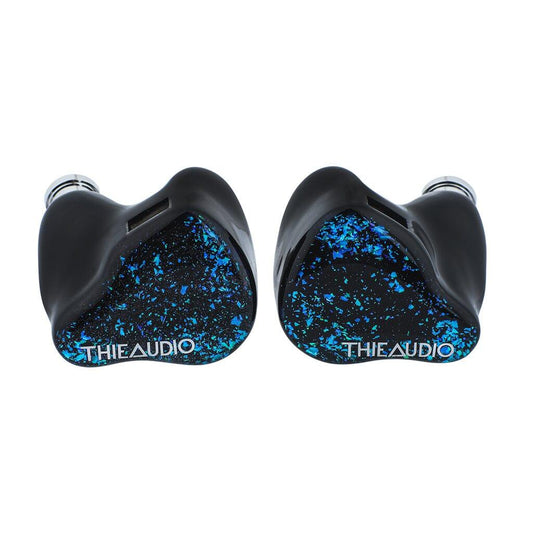Thieaudio Hype 2 vs 4 vs 10 Triple Comparison Review: Worth the Hype?
Thieaudio is one of the most popular brands in the IEM space. Their newest line-up of Hype IEMs share Thieaudio's Impact2 bass dynamic drivers and differ in the number of balanced armatures: 2, 4, and 10. Fc-Construct takes a look to see if these IEMs are worth the hype.
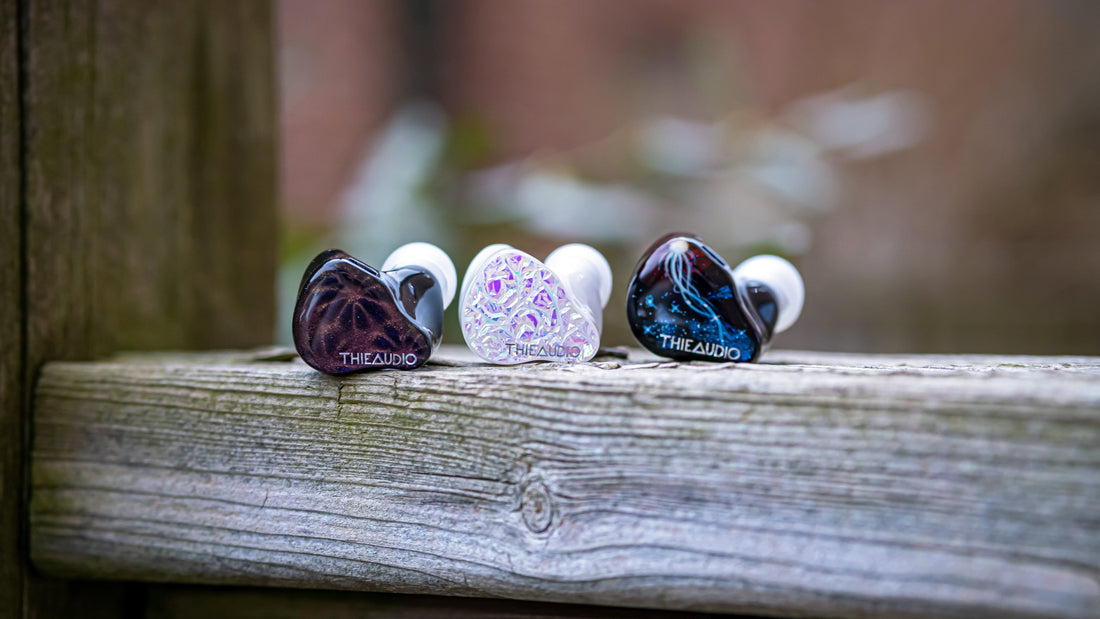
Introduction
While Thieaudio is most known today for their excellent Monarch MkII and MkIII, there’s a countless number of other products under their umbrella. Undoubtedly, the brand has grown and matured with each release and today, Thieaudio’s most recent introduction is the Hype series of hybrid IEMs:
- Thieaudio Hype 2 - $300, 2 DD + 2 BA. Released around Sept 2023.
- Thieaudio Hype 4 - $400, 2 DD + 4 BA. Released around Dec 2023.
- Thieaudio Hype 10 - $900, 2 DD + 10 BA. Released alongside the Hype 4.
At the heart of the Hype series is the Impact2 driver where two 10 mm dynamic drivers are arranged in an isobaric configuration. According to their marketing, this allows for better bass quality and tonal integrity. The use of isobaric dynamic drivers isn’t anything new - the 64 Audio Volür is a recent high-end example of this type of technology.
What’s interesting about these Hype IEMs is the price point. $300, $400, and $900. The Hype 2 and 4 are oddly close in price, but quite reasonable for a mid-range product. Then it takes a leap nearing the kilobuck range with the Hype 10. Yet their marketing talks about the Hype series as a culmination of everything they’ve learned as a company. Are they looking to cannibalize their own sales? Very strange. So for today’s article, I’m going to take a look at these three IEMs and give you a framework to decide which makes the most sense.
Linsoul sent Headphones.com the demo units I’m currently reviewing. The Hype 4 and Hype 10 have a pre-order of over 2 months at time of publishing.
Source(s) Used: Ferrum ERCO Balanced DAC & Headphone Amp and Apple USB-C dongle
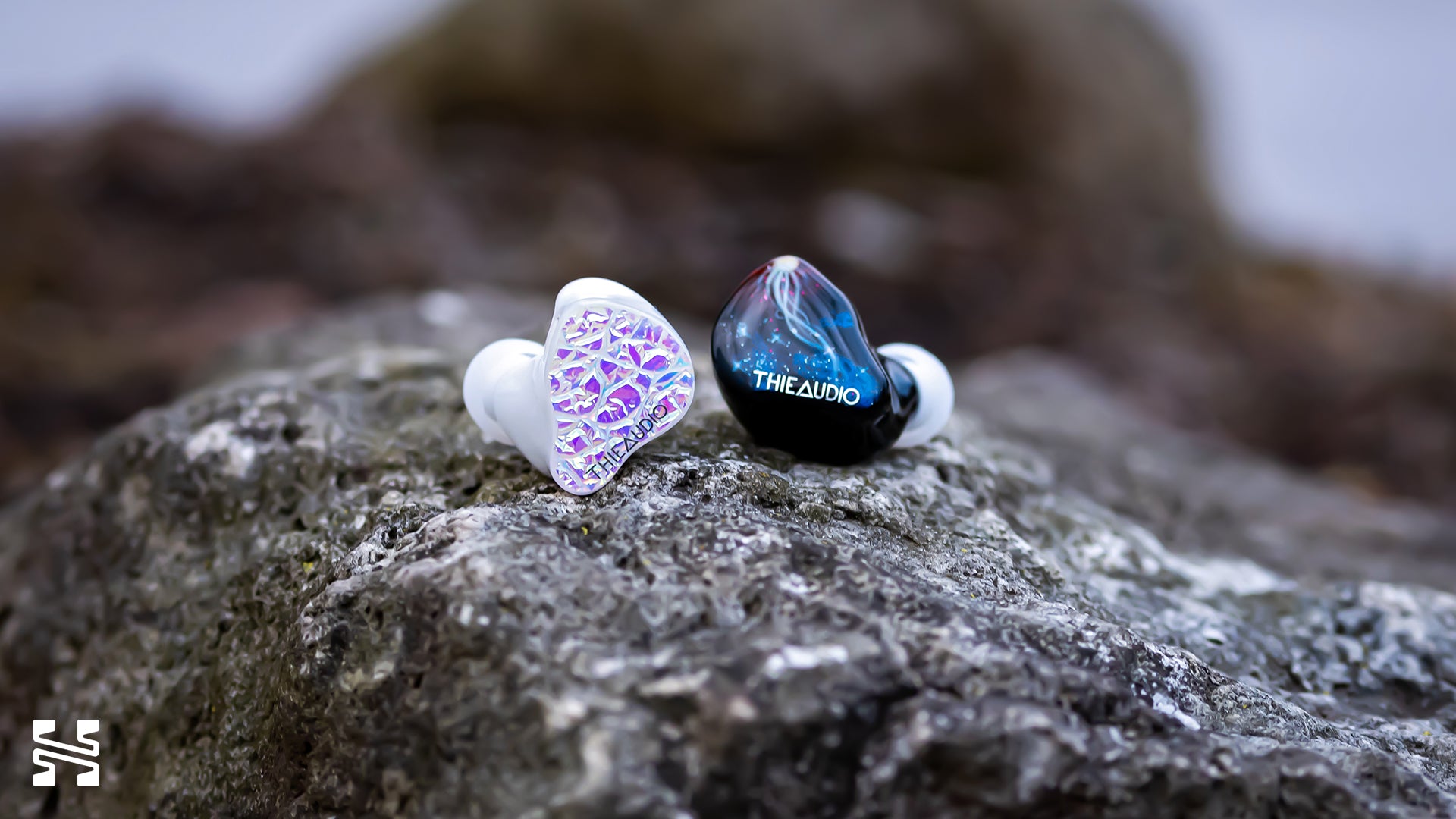
What’s in the Box?
The packaging of these Hype IEMs are almost identical to one another. The only difference is the included cable. For accessories, you get:
- 3 sets of S/M/L foam tips.
- 3 sets of generic white silicone tips.
- A microfibre cleaning cloth.
- A large zippered carrying case.
- The stock cable. The Hype 2 has a silver looking cable. It’s alright, a bit stiff. The Hype 4 has a grey-brown cable that’s a bit better and softer than the Hype 2’s. The Hype 10 has the same nice cable as the Monarch MkIII with interchangeable 2.5/3.5/4.4 mm terminations. It’s a needed upgrade considering how much it costs in comparison.
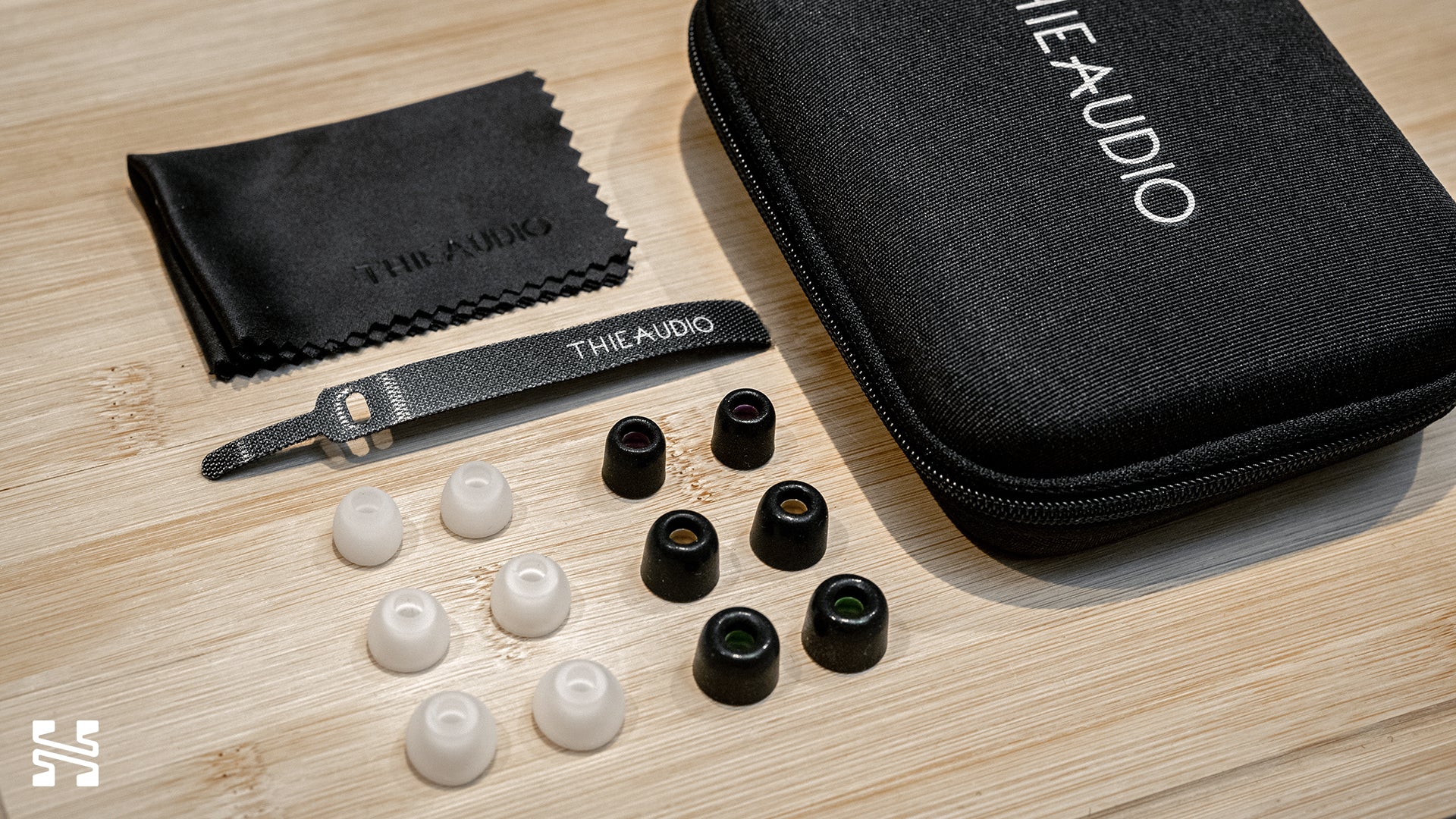
The shell of the Hype IEMs may be a problem for some. They’re big and bulky, increasing in size with the number of BAs crammed in there. For all of them the nozzle diameter is 6.3 mm and its length is quite stubby, only enough for the tips and that’s it. You’ll feel the shell pressing up against your ear if you try to push it even moderately deep. It isn’t the most comfortable experience, especially for the Hype 10 since it has the largest shell. The faceplates are pretty though - the Hype 4’s purple patterns look gorgeous in the right light and the Hype 10’s galaxy swirls are downright celestial.
A funny little anecdote about the Impact2 drivers is that they have driver flex. But not in that crinkly tin-can crunching and popping sound. Instead, it makes a bouncy “do-ing” sound that I can sometimes hear when inserting. These IEMs are vented which is what makes this driver flex unexpected but in any case, it’s not something to worry about.
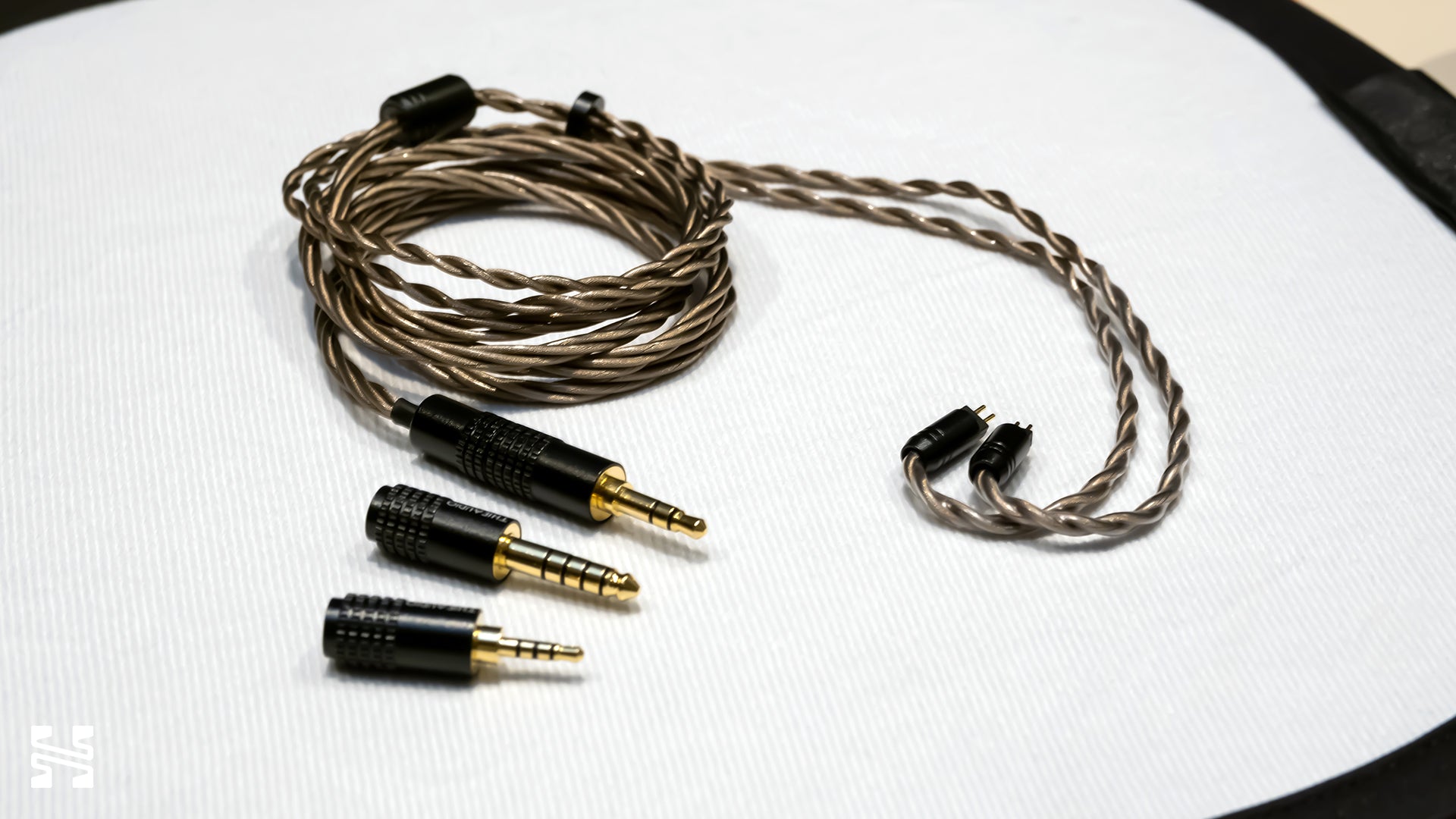
Sound and Frequency Response
The sound of these Hype IEMs can be described as different flavors of balanced. Here is a graph comparing them to show you what I mean. If you’re not familiar with reading graphs, you can watch this primer video or this in-depth article explaining this visualization.
Notice how the frequency response for all of them fall largely within the grey band? As a reminder, these graphs are calibrated to the DF HRTF, the anatomical baseline compensation for headphones/IEMs. The wide grey bands are preference bounds that represent the limits of how much deviation/tonal color a headphone could have without it starting to be perceived as imbalanced (per listening research).
Note that I’m specifically not talking about the DF + 10 dB slope. The Hype IEMs don’t align with that “target” because they don’t need to. The crux of the preference bounds is that headphones and IEMs don’t need to adhere strictly to any one tuning to still sound tonally balanced and enjoyable to the majority of people. In other words, these IEMs aren’t really going to sound wrong in any way; it’s more like different shades of “right”.
For this review, I decided to both listen to each by itself like I normally do AND then properly volume match them for a direct back-to-back comparison. Specifically, at the same volume settings, the Hype 2 is -1 dB quieter than the Hype 4 while the Hype 10 is +3 dB louder. Give or take around 0.3 dB of variance. Volume matching in this case made sense to me as these are very similar IEMs.
Bass
The Impact2 drivers used for the bass are okay. On the surface, it checks off a lot of the boxes. It’s very well controlled with no issues in the transient attack or length of decay. The volume of the bass gives it a north-of-neutral tuning, so it’s clearly heard without being too bassy. There’s a good balance between boom and punch and the Impact2 drivers blend the two seamlessly. Definition and layering improve progressively from the Hype 2, to 4, to 10, though only in minor increments.
The problem however is that there’s a slight “hollowness” to the sound. It’s almost as if the drivers are stifled and unable to fully breathe, making it have less depth than its frequency response might suggest. This is more noticeable on the Hype 2 and 4 compared to the Hype 10. Presumably, the extra BA drivers are helping here but that’s just speculation. At any rate, the Hype 10 has a subtle but notably richer bass, with a touch more weight and impact. In fact, I find the Hype 4 to have the leanest bass response of the three by a narrow margin. Dynamically, the bass also isn’t amazing. I hear it more as a function of volume rather than proper dynamic swings.
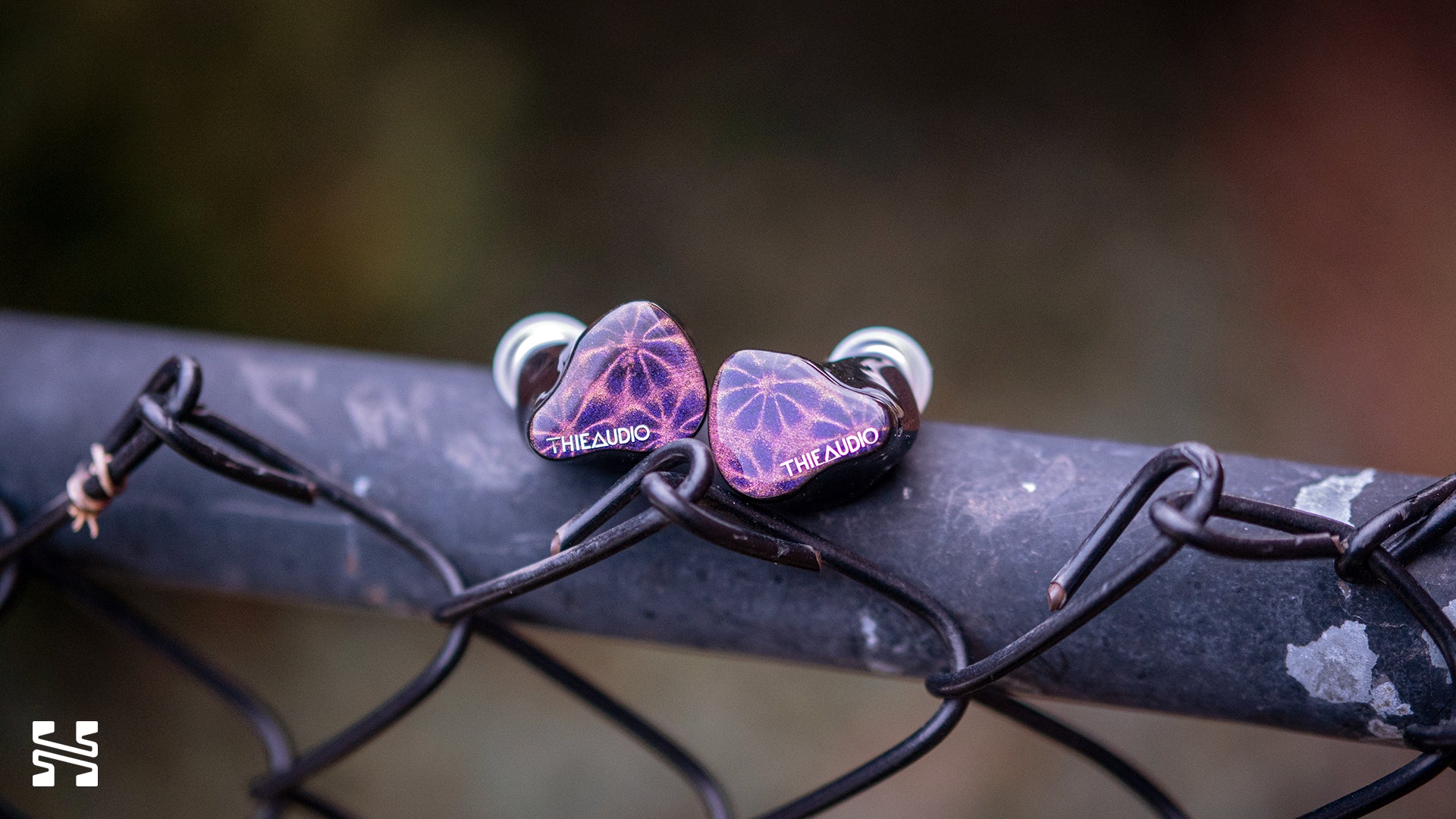
Thieaudio Hype 2
Mids
In isolation, the midrange of each of these IEMs are good to great. But compare them side-by-side and a clear winner emerges: the Hype 4. The tonality is effortless for both male and female vocals. There's a very slight forwardness so vocals aren’t too blended into the mix. In comparison, the Hype 10 has too much of a vocal “front” while the Hype 2, despite having a similar upper mids structure and tonality to the Hype 4, has a strange sort of midrange compression to its sound.
Outside of vocal performance, I actually think there will be some that prefer the Hype 10’s midrange. It enhances the tone of certain instruments like the electric guitar and personally, I go back and forth between which I like more, particularly on instrumental tracks. As with the bass, the Hype 10 has a bit of richness and depth that makes it a little more pleasant to listen to. The Hype 4 can come off as “dry”. But specifically for some solo piano performances, I prefer the Hype 4’s cooler sounding timbre. The Hype 2 sounds quite good but I sometimes hear some oddness in its timbre that I can’t quite identify so I tend to prefer the Hype 4 and 10. Once again, I’ll stress that this is me comparing these IEMs side-by-side. You likely won’t be nitpicking any of them to this extent if you don’t have both in front of you like I do.
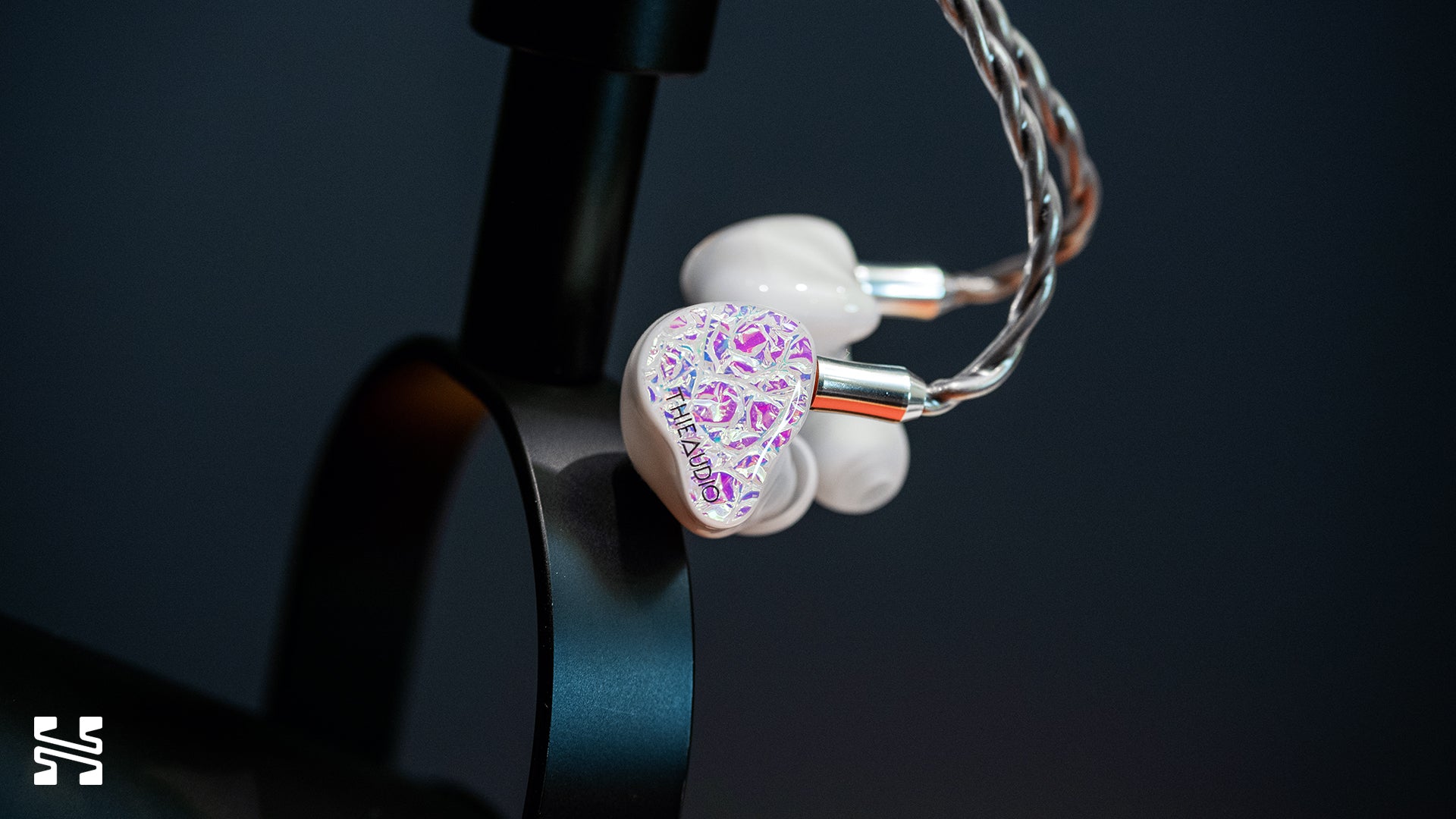
Thieaudio Hype 4
Treble
The treble is where these three IEMs diverge the most. The Hype 2 is characterized by significantly more low and mid-treble elevation. It emphasizes upper harmonics of instruments like the snare drum, where the crack and pop are noticeably pronounced compared to the Hype 4 and 10. Similarly, the initial attack of the hats and cymbals are pushed forward while the trailing ends of tones are left behind due to the contrasted elevation in the low/mid-treble vs upper treble.
And speaking of upper treble, the Hype 4’s is exaggerated like if a mix engineer accidentally pushed up the fader for the hats and cymbals and then left it there. So they sit constantly on top of the mix. It’s not harsh or sibilant or fatiguing for me. It’s not even that bright. It’s just… a little annoying when I notice it in a fast paced rock or metal track. But otherwise, I do enjoy the treble. It’s vibrant and coherent. There’s a nice sense of control and the timbre of notes are well balanced. The Hype 4’s exaggerated treble isn’t a dealbreaker for me by any means and only needs a small touch of EQ to really reign in.
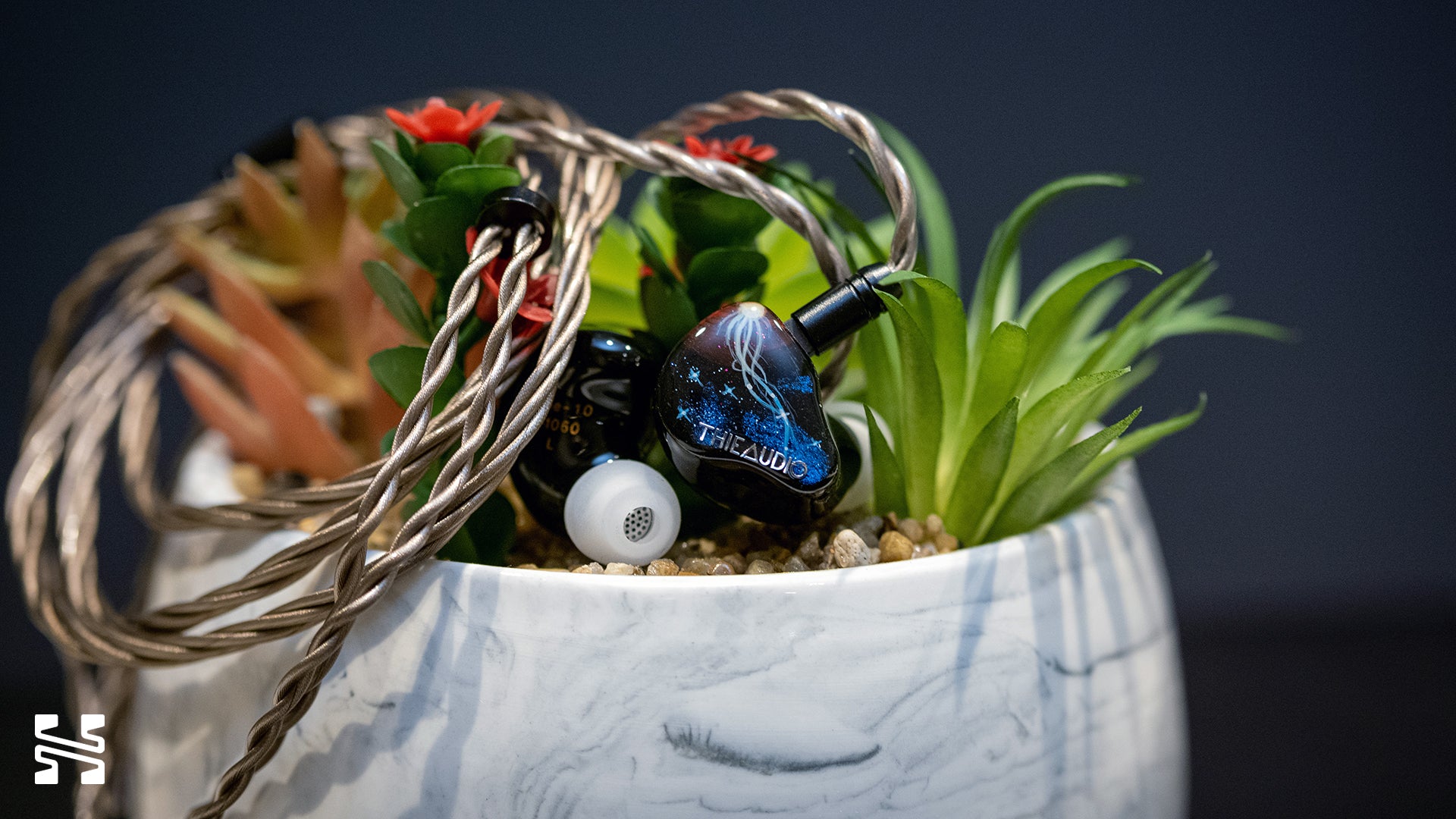
Thieaudio Hype 10
The Hype 10’s treble is very similar to the Hype 4’s, except it doesn’t have the same exaggeration. It’s what the Hype 4 should have been to begin with. Treble notes are much better blended into the mix. Though interestingly, they have more shimmer and sizzle than the Hype 4 did, giving the hats and cymbals more character.
Presentation
The Hype 4 and Hype 10 have respectable resolution, but they do it in different ways. The Hype 4 is about articulation. Notes are very well defined, though “dry” as noted before. The Hype 10 is more about hearing hidden notes that I normally don’t pick up. Layering is its strength, particularly in the bass. Overall, the Hype 10 is a bit better than the Hype 4 in this regard. The Hype 2 holds its own for its price bracket but doesn’t impress.
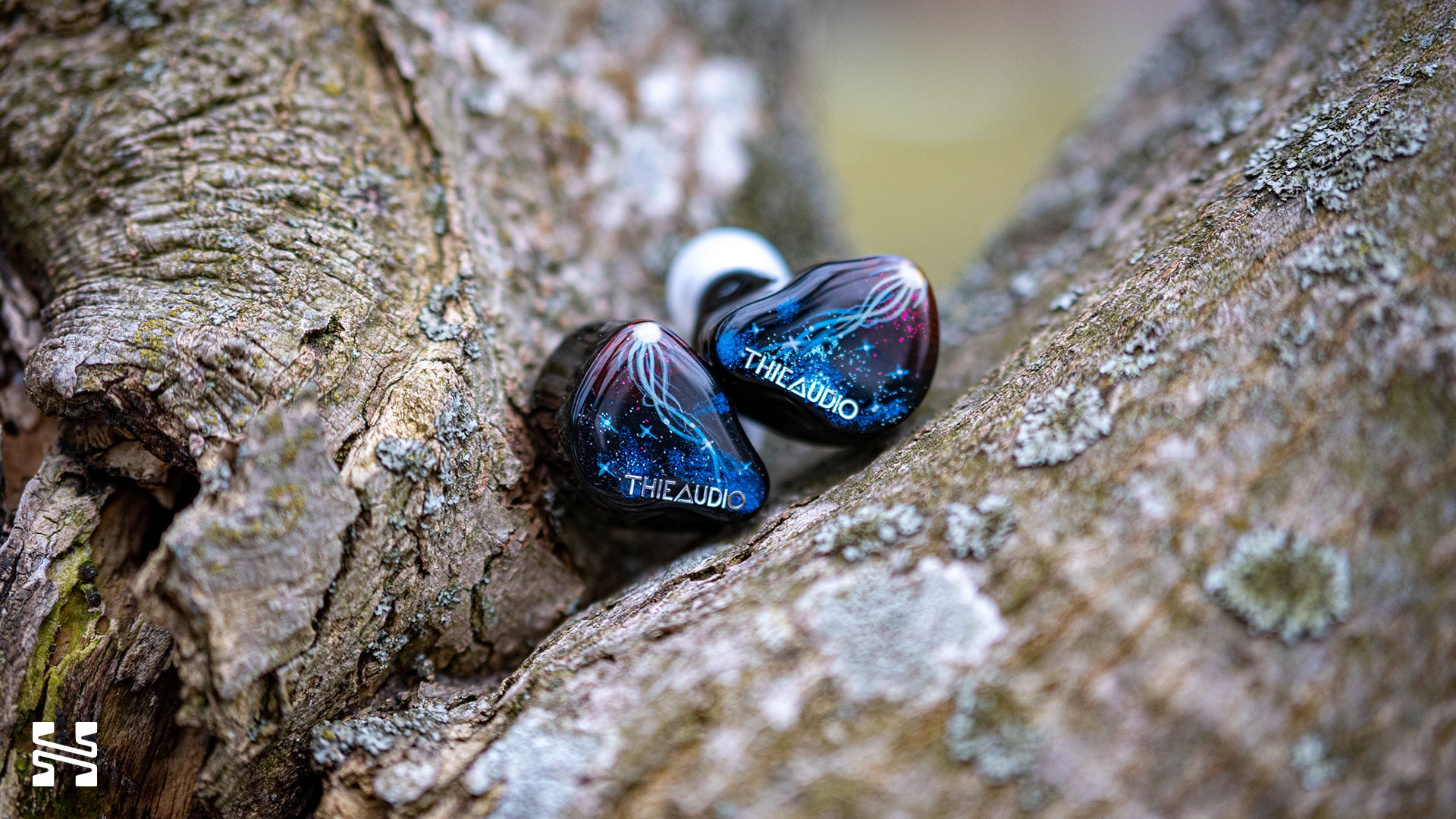
For soundstage these three IEMs are pretty much equal. For imaging, the Hype 10 has marginally better positioning and depth than the Hype 4, which in turn edges out the Hype 2. But overall, the performance here isn’t anything out of the ordinary. It’s on par with most decent IEMs and that’s about it. Dynamically, the Hype 2 is notably weak in the midrange while the Hype 10 barely edges out the Hype 4. In the grand scheme of things, I don’t knock the Hype 4 or 10 here because middling dynamics is the norm for IEMs outside for the exceptional few.
Comparisons
Hype 2 ($300) vs MoonDrop Blessing 3 ($320)
IEC-711 clone measurement. Measurements above the 8 kHz peak are not accurate.
I enjoy the Blessing 3 a lot more than I probably should. While the aggressiveness of the Blessing 3 might be too much for some, I can appreciate the singularly bright and forward tuning vision the Blessing 3 embodies. Compared to the Hype 2, the bass is fast and tight with a surprising amount of midbass punch. Though bright, the treble is better balanced. The resolution of the Blessing 3 is superb and punches way higher than its price. The Hype 2 doesn’t really hold up. And finally, the Blessing 3 doesn’t have issues with midrange compression that the Hype 2 strangely does. Overall, I’d take the Blessing 3 over the Hype 2. And honestly, there could be an argument for me to take the Blessing 3 over the Hype 4 as well, especially given its price.
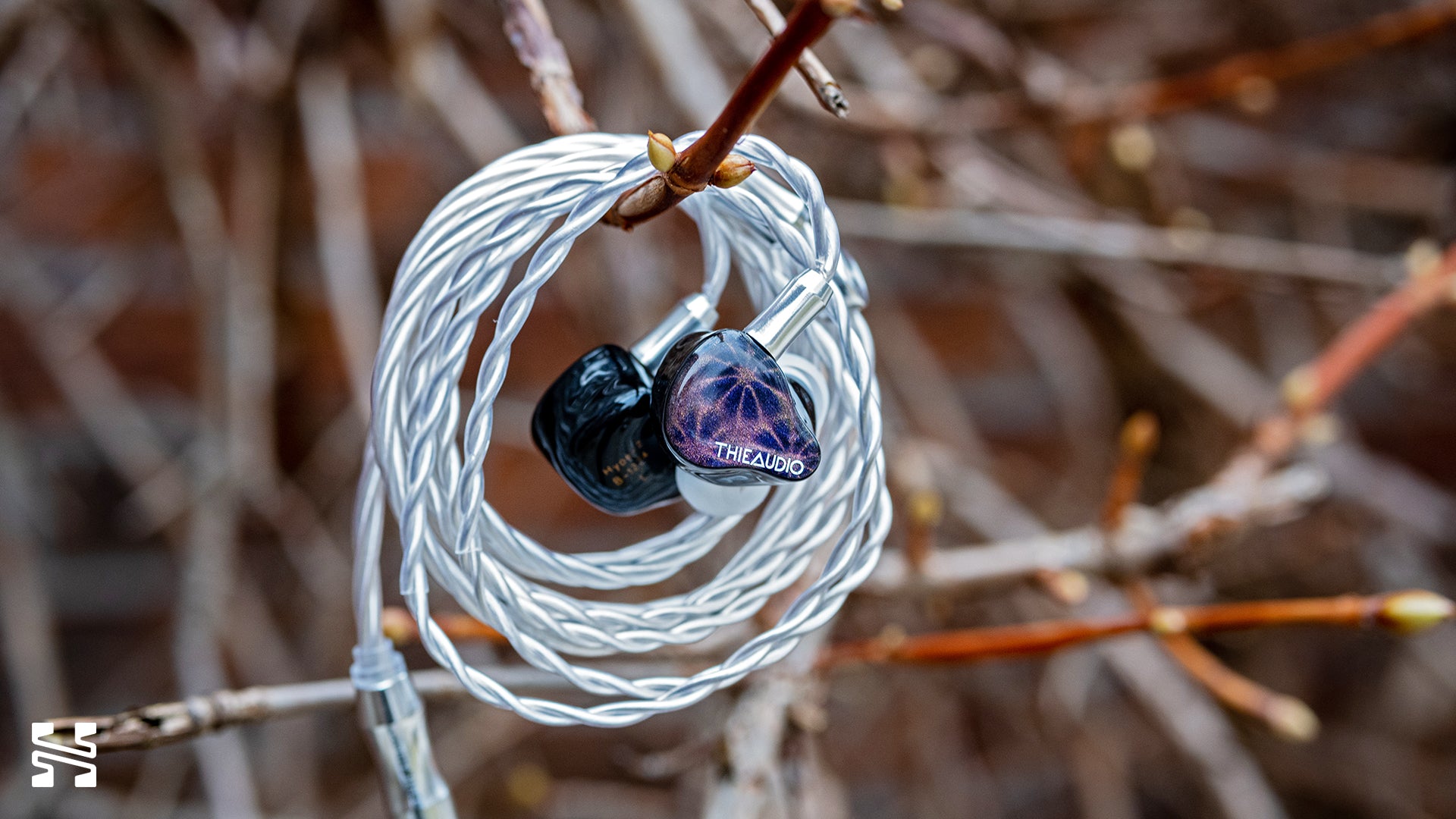
Hype 4 ($400) vs HiSenior Mega5EST ($550)
The Mega5EST has received a surge of popularity lately thanks to new measurement standards. It measures very closely to the DF + 10 dB slope approximation. This makes it a great comparison to the Hype 4 which is the closest to the DF + 10 dB out of the three Hype IEMs.
Comparing the bass, here is where the Impact2 driver’s flaws show. While the Mega5EST’s bass actually has less volume on the graph, it’s fuller and richer than the Hype 4’s. That “hollowness” in the Hype 4 is quite apparent when the Mega5EST maintains consistent control down to the subbass.
IEC-711 clone measurement. Measurements above 8 kHz peak are not accurate.
The midrange is a wash for me. Both are equally good. The treble is where the Hype 4 has a clear advantage. The Mega5EST’s treble is oddly peaky and unbalanced where only some parts of a note is heard. It’s an issue with the hats and cymbals on faster paced tracks. In comparison, the Hype 4, despite being somewhat annoying with its ever-present upper treble, competently renders notes without trouble.
On a technical level, I also prefer the Hype 4. There’s better control in the midbass region, greater note definition, and slightly improved overall resolution. The Mega5EST is far from poor in these areas; it’s just outdone by the Hype 4 when I compare them side-by-side. Both IEMs are an excellent option for their price brackets, but given that the Hype 4 costs $150 less, I’m inclined to recommend that instead.
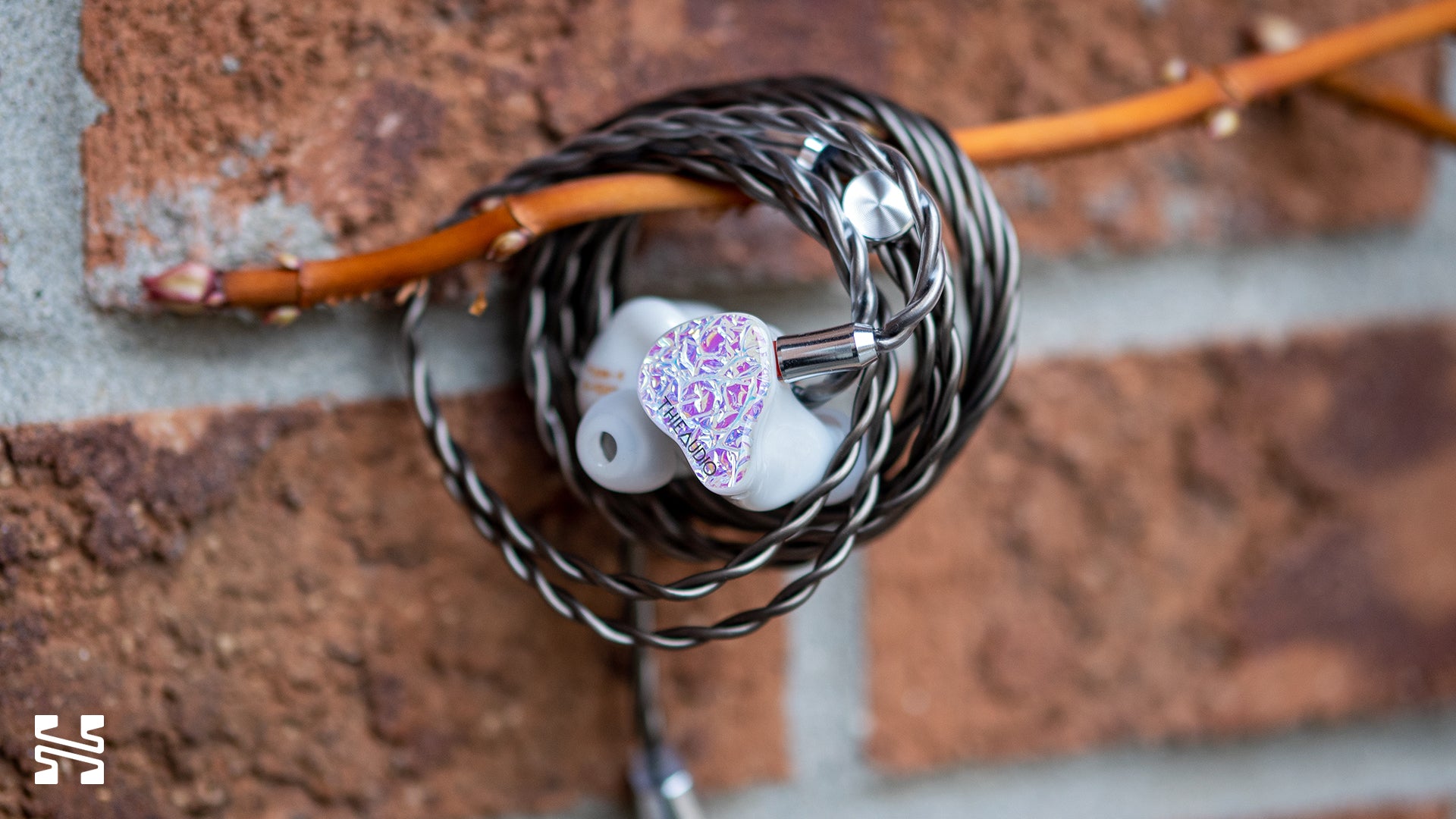
Hype 4 ($400) vs XENNS Mangird Top ($530)
An IEM I’ve been hearing about a lot lately is the XENNS Mangird Top. It’s not a new IEM by any means - released back in 2022. Yet it seems to have lived beyond the typically flavor-of-the-month ChiFi cycle. I reviewed the Mangird Top when it was released and oddly enough, did not like it despite how well it graphs. You can see that it measures more like the Hype 10 than the Hype 4 here.
IEC-711 clone measurement. Measurements above 8 kHz peak are not accurate.
I’ll preface by saying that I haven’t heard the Mangird Top in a long time. But from my time with it, my major complaint was a complete lack of treble brilliance. The bass sounds boomy and blob-by. There just wasn’t any “sharpness” to give contrast to the sound. The Hype 4 desperately corrects these issues I had with the Top, though perhaps with a little too much upper treble. As such, I’ll easily take the Hype 4 over the Mangird Top. And once again, it’s over $100 cheaper to boot so that makes the decision that much easier. Though I’ll admit that I’m in the minority for disliking the Mangird Top.
But if you liked the Mangird Top, I suppose the Hype 10 is the closest upgrade to it considering their frequency response similarities to one another. Once again, the key difference would be the treble brilliance. The Hype 10 has less than the Hype 4, but it’s still significantly sharper than the Mangird Top with a touch of sizzle. Keep that in mind if you’re particularly treble sensitive.
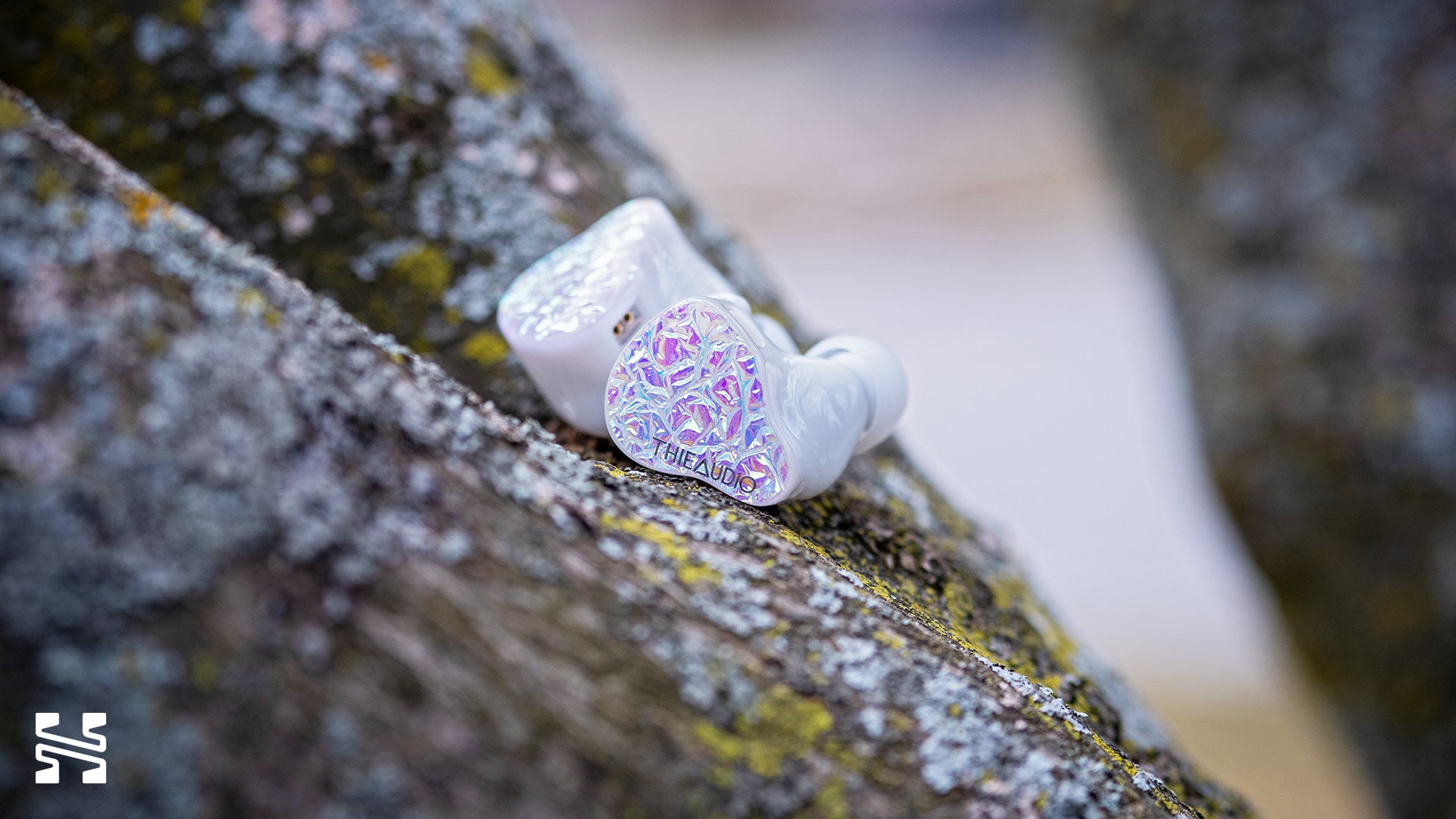
Hype 10 ($900) vs Thieaudio Monarch MkII and MkIII ($1,000)
Like the Top, I’ll be going off memory for this comparison. The graph shows the similarities in their tuning, but they do present differently from one another. Overall, I’d say the Hype 10 is more like the MkII with shades of the MkIII.
IEC-711 clone measurement. Measurements above 8 kHz peak are not accurate.
In terms of bass quality, I’d say the three of these IEMs are about the same. The Monarch MkII and MkIII probably has the weakest bass of any of the kilobuck benchmark IEMs I’d recommend. The dynamics simply aren’t quite up-to-snuff against its peers. And while the Impact2 drivers used in the Hype series doesn’t have a great bass response, it’s acceptable in the Hype 10. When it comes to bass presence, I’d rank MkIII > Hype 10 > Mk II. The MkII is a little on the leaner side while the MkIII makes its midbass energy known. The Hype 10 is more of an in-between blend of the two.
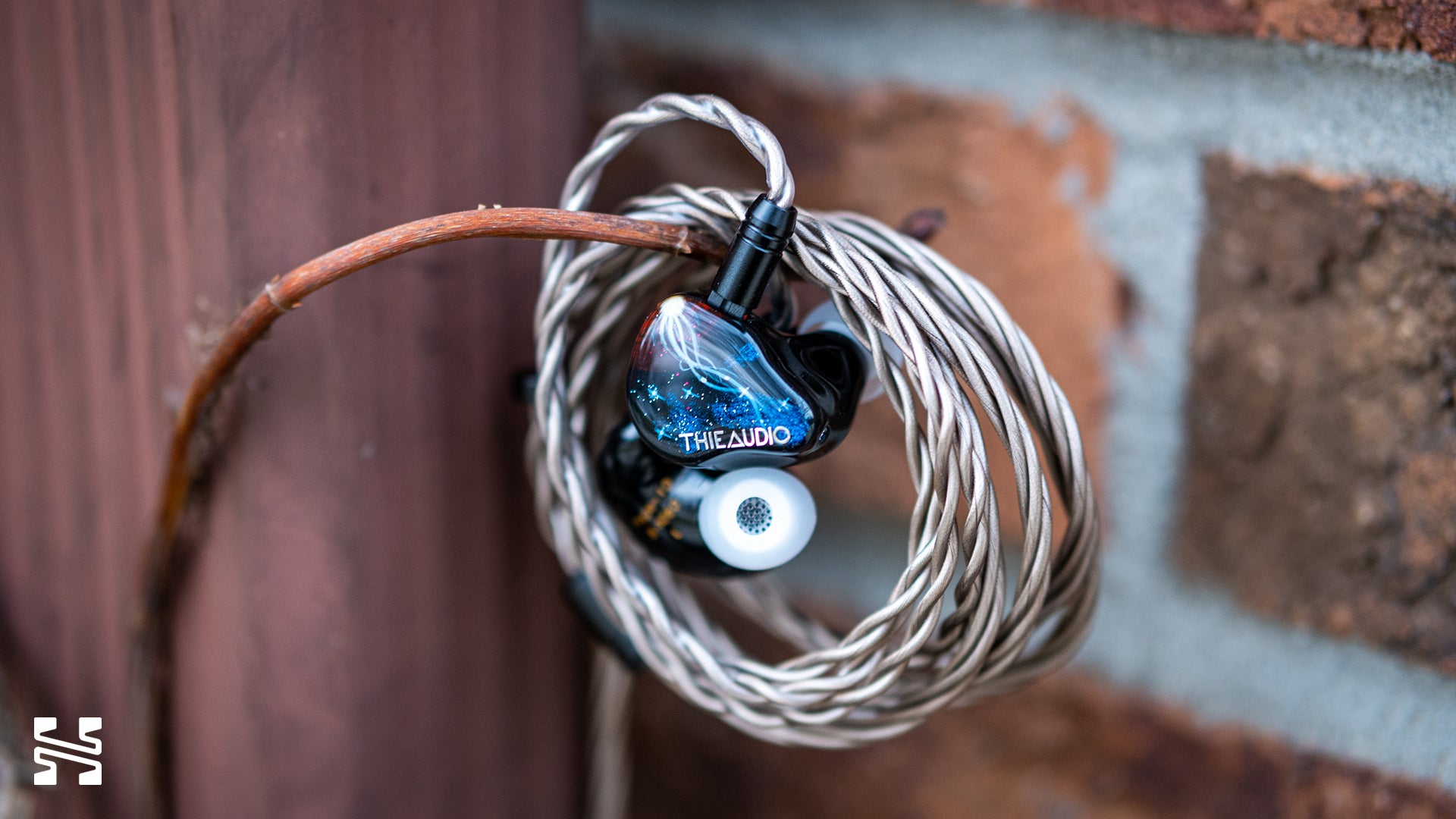
In my comparison review of the MkII and MkIII, I preferred the MkIII’s mids to the MkII’s a little more due to the coloration of its sound. But between the MkII and Hype 10, I’d probably take the MkII’s. While the Hype 10 might be a little colored compared to the Hype 4, it isn’t as quite as pleasant or distinct as the MkIII’s. The treble of the MkIII is (in)famous for being very zingy and shimmery, with an unnatural amount of exaggeration. The Hype 10 isn’t quite to that extent but I do hear some of that shimmer in the hats and cymbals. The MkII’s treble is the safest and most balanced of the lot.
Looking at it from a big picture, I’d take the MkII or MkIII over the Hype 10 for one reason: resolution and refinement. Obviously, this is a highly subjective opinion - and it is a $100 difference - but I just find the Hype 10 less refined than the MkII without the sheer resolution that the MkIII has. The Hype 10 is a respectable attempt at blending the MkII and MkIII but it loses its own identity in the process.

Should You Buy It?
Hype 2, no. Hype 4, yes. Hype 10, probably not. The Thieaudio Hype 4 is the standout winner of the bunch. It’s priced so well that it renders the Hype 2 obsolete and makes it hard to justify the Hype 10. The two complaints I have are the somewhat weak bass dynamics and excessive upper treble. If you’re a little newer to the hobby and have a <$100 IEM, the Hype 4 is going to be a great upgrade choice and a totally fine stopping point. But if you’re already playing with something around the $150 - $300 range like the Truthear Nova or those planar IEMs and already enjoy them, I would be more hesitant. Those IEMs are already quite good, so whether the Hype 4 is worth the upgrade is debatable. While very proficient, its balanced sound can be somewhat boring if you’re used to something more colored. Not to mention the other competitive options in the bracket, including potentially the upcoming the Crinacle-tuned Blessing 3. And if you’re open to a larger budget, I’d suggest saving up for IEMs past the $1,000 mark instead of the Hype 10. You’ll find something more unique than what the Hype 10 has to offer.
Overall, the Hype line-up of the Thieaudio IEMs is yet another page in their history. The Hype 4 is their classic price-to-performance value option that shakes up the price bracket, while the Hype 2 will be forgotten and the Hype 10 will likely find a limited following given its price. These IEMs aren’t too revolutionary, so I don’t think you’re missing out on much even with their insanely long build times at the moment. Who knows, by the time they start shipping, there might be a new Thieaudio line-up being released.
